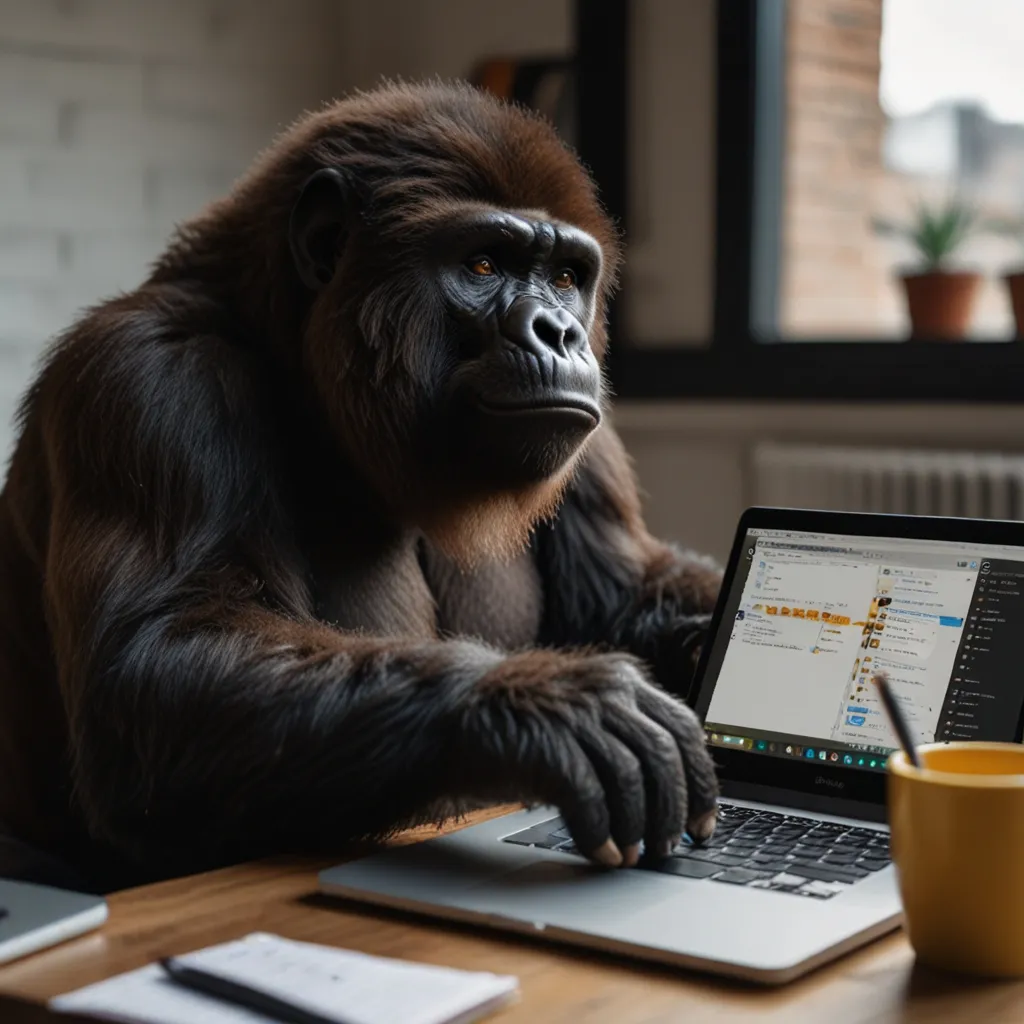Understanding how to manage memory efficiently can be a game-changer, especially when you’re handling large datasets. It’s like making sure your car has enough gas for a road trip; you don’t want to stall halfway. Let’s dive into some cool methods like data chunking and serialization that can help keep your applications running smooth as butter.
First up, why should you care about memory management? When dealing with distributed computing and big data, memory can quickly become a bottleneck. Imagine trying to squeeze an elephant into a Mini Cooper. Your system will choke, and performance will tank. Efficient memory management is the key to avoiding these roadblocks and keeping things zippy.
Serialization is like vacuum-packing your clothes before a trip. You’re converting data from its bulky, native format into something more compact and easy to store. It’s a lifesaver when it comes to reducing memory usage and boosting network performance. Think of serialization as giving your data a more streamlined suitcase for easier transit.
Why bother with serialization? For starters, it reduces memory usage by packing data more tightly. In systems like Apache Spark, storing data in serialized form can dramatically cut down on the memory it hogs. Plus, smaller data travels faster over networks, which is a big win for distributed systems where data shuttles between nodes constantly. Custom serialization schemes even let you access specific attributes without unpacking the whole data bundle, saving CPU time.
Choosing the right serialization method is like picking the right luggage for your trip. Java serialization is the default for many frameworks, but it’s like lugging around a hard-sided suitcase—bulky and slow. On the other hand, Kryo serialization is like a sleek, lightweight carry-on, making it more efficient and faster. And remember, there are always other formats like JSON, Avro, and Protocol Buffers that can be more efficient and compatible across different systems.
If you’re wondering how to implement serialization to save memory, let’s take a look at a simple PHP example. Imagine you’ve got a big array of data, and you want to shrink it down:
// Memory usage before serialization
$memoryUsageBefore = memory_get_usage();
// Sample data array
$rows = array(
array('id' => 1, 'name' => 'John Doe', 'email' => '[email protected]'),
array('id' => 2, 'name' => 'Jane Doe', 'email' => '[email protected]'),
// More data...
);
// Serialize the array
foreach ($rows as $k => $item) {
$rows[$k] = json_encode($item);
}
// Memory usage after serialization
$memoryUsageAfter = memory_get_usage();
// Unserialize the array when needed
foreach ($rows as $k => $item) {
$rows[$k] = json_decode($item, true);
}
// Check memory usage
echo "Memory Usage Before: $memoryUsageBefore bytes\n";
echo "Memory Usage After: $memoryUsageAfter bytes\n";
So, before serialization, the memory usage might be through the roof. After serialization, you’ll notice a significant dip, making your data way more memory-efficient. But keep in mind, nothing comes for free. There’s some CPU overhead involved during serialization and deserialization.
Now, let’s chat about data chunking. Think of this as breaking down your mammoth dataset into smaller, digestible pieces. It’s like cutting your steak into bite-sized chunks—much easier to chew and digest!
Why chunk data? For one, it eases the memory load. By processing data in smaller chunks, you’re not cramming everything into memory all at once, which can prevent those dreaded out-of-memory crashes. Plus, chunking allows for parallel processing. Multiple chunks can be processed simultaneously, speeding things up remarkably and making the most of your multi-core CPU or a distributed system.
Storage gets a boost too. Chunked data can be stored more effectively, especially if you throw in some compression techniques. Here’s a super simple example in Python:
import numpy as np
# Sample large dataset
data = np.random.rand(1000000, 10)
# Define chunk size
chunk_size = 10000
# Process data in chunks
for i in range(0, len(data), chunk_size):
chunk = data[i:i + chunk_size]
# Process the chunk
print(f"Processing chunk of size {len(chunk)}")
# Example processing: sum of each column
print(np.sum(chunk, axis=0))
Here, you’re taking a massive dataset and slicing it into manageable pieces. Each chunk gets processed one at a time, so you don’t need a monstrous amount of memory to handle the whole thing at once.
Let’s also touch on optimizing data structures. Sometimes, the way you’ve set up your data can add unnecessary memory bloat. Instead of using standard collection classes like HashMap, array-based structures can be way more memory-efficient. Libraries like fastutil offer efficient collection classes for primitive types, which can cut down on overhead.
Nested structures can also be a memory hog. When you’ve got lots of small objects with loads of pointers, memory usage skyrockets. Simplifying these structures can lead to significant memory savings. And hey, if you’re using strings for keys, consider switching to numeric IDs or enumeration objects. It’s like swapping out oversized beach towels for compact travel towels—less bulk, more space.
Memory tuning in distributed systems is another beast. You need to estimate the memory consumption of your datasets accurately to make sure everything runs smoothly across multiple nodes. Tools like SizeEstimator can help you gauge the memory footprint of your objects. And if objects are simply too large, storing them in serialized form can cut down on memory usage, though it might slow down data access due to deserialization time.
Best practices? Identify root causes before diving into optimization. Sometimes the problem isn’t just memory usage; maybe you’ve got too much data to begin with. Specialized storage solutions like Redis or Memcached can be lifesavers for caching large amounts of data efficiently. Compress your serialized data to squeeze even more out of your memory and storage, though again, there’s some CPU overhead to consider. And always, always profile and monitor your system. Knowing where data bottlenecks happen can help you optimize your serialization and deserialization process.
In conclusion, mastering memory management is essential when you’re dealing with large datasets. Techniques like data serialization, chunking, and tuning your data structures can go a long way in reducing memory usage and enhancing overall efficiency. By choosing the right methods and tools, you can make sure your applications run smoothly, no matter how much data you’re crunching. Balance is key—ensure your data is both accessible and manageable, and your system will thank you.






